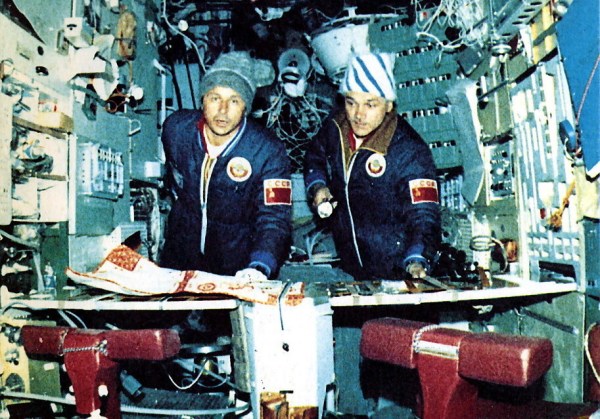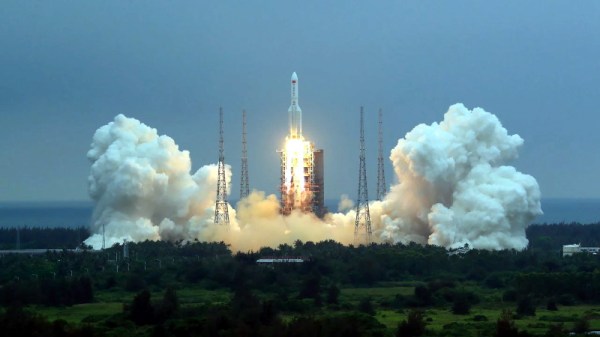The International Space Station (ISS) might not be breaking news, but this February, National Geographic released a documentary that dives into the station’s intricate engineering. It’s a solid reminder of what human ingenuity can achieve when you put a team of engineers, scientists, and astronauts together. While the ISS is no longer a new toy in space, for hackers and tinkerers, it’s still one of the coolest and most ambitious projects ever. And if you’re like us—always looking for fresh inspiration—you’ll want to check this one out.
The ISS is a masterpiece, built piece by piece in space, because why make things easy? With 16 pressurized modules, it’s got everything needed to keep humans alive and working in one of the harshest environments imaginable. Add in the $150 billion price tag (yes, billion), and it’s officially the most expensive thing humans have ever built. What makes it especially interesting to us hackers is its life support systems—recycling water, generating oxygen, and running on solar power. That’s the kind of closed-loop system we love to experiment with down here on Earth. Imagine the implications for long-term sustainability!
But it’s not just a survival bunker in space. It’s also a global science lab. The ISS gives researchers the chance to run experiments that could never happen under Earth’s gravity—everything from technology advancements to health experiments. Plus, it’s our testing ground for future missions to Mars. If you’re fascinated by the idea of hacking complex systems, or just appreciate a good build, the ISS is a dream project.
Catch the documentary and dive into the world of space-grade hacking. The ISS may be orbiting out of sight, but for those of us looking to push the boundaries of what’s possible, it’s still full of inspiration.




















